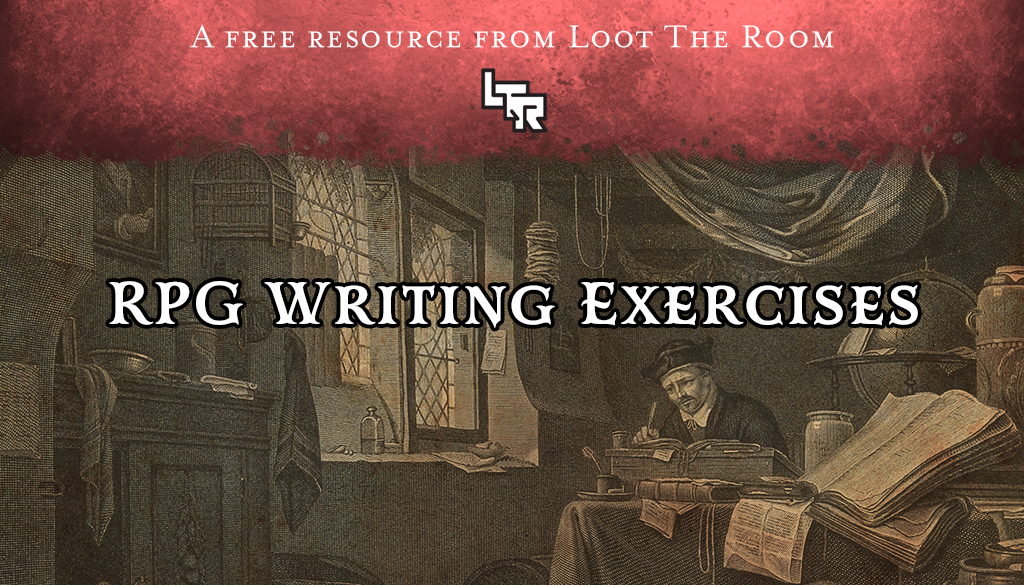

Second number ("i" cause, well, it's the loop index) is used for handling multiple actions in single dialogue step. ini file it should launch when talked to.įirst number (due to historical reasons called "B") is the step in dialogue - player presses Enter -> number decreases by 1. See you later!Įach NPC had information which. Ini files for simple actions and dialogues, Lua scripts for more advanced logic.ĩ7=str Grievous: An unit vector pointing in Z direction, what about it?Ĩ3=str Obi-Wan: And that's why communism is bad. My answer will be based on how dialogue and cutscene system worked in my top-down and platformer games. These are – of course – not for talking with some random NPC, but – you know – cut-scenes.
Best storywriting rpg game code#
and of course there would be code to play it. You can even have a separate tool to create them – something that is more practical to writers, artists and game designers – and it would output a file that can be embedded or otherwise loaded by the game. They take the location, characters and animations to use. They take more data than just the text and options. Now, since you mention cut-scenes, and not just dialog, I want to mention that there are cut-scenes systems.

At this state it only matters that you separate it, so you can replace it later – and even replace how it is stored – without worrying of messing up the structure. read from a database, come from a web request, whatever. And, I would argue for reading the text from a file (which you can replace when the time comes for translations). You can hard code the decisions, it is a finite state machine. There is best, however, I would argue for separating the concerns of deciding what text to show and getting the text itself. Once you have an adequate amount of control of your engine from scripts, you will be surprised just how much control over your game you have. This will take some time, but is worth it in the end, as it allows you to test your scripts without recompiling your source. To do this, you will have to tie up pretty much all your game engine and entity functions to your scripting engine, allowing C++ functions to be called from LUA. In the case of cut scenes, this is more complex, but the basic idea is to shut off player controls (except maybe skip cut-scene), and then allow the script to control the camera and dialogue/animation. If 2, then a generic "Thanks for your help!" type dialogue. If 1, then the quest is in progress, and so a sort of "How are you progressing?" sort of dialogue should be used. If quest progress is 0, then the entity will offer the quest to the player when interacted with. The "progress" object is just a collection of integers, which store data on each quest in the game (0, for not default, 1 for in progress, 2 for complete). In this example, each quest has a unique id, and each dialogue is unique within each npc. Local questProgress = progress.getProgress(entity.getQuestID())

Local progress = player.getQuestProgress() A very simplistic example of such a LUA script would follow: function getDialogue(entity, player) There are some really nice tutorials on this, so I won't cover it here.

This will likely involve writing a scripting system.


 0 kommentar(er)
0 kommentar(er)
